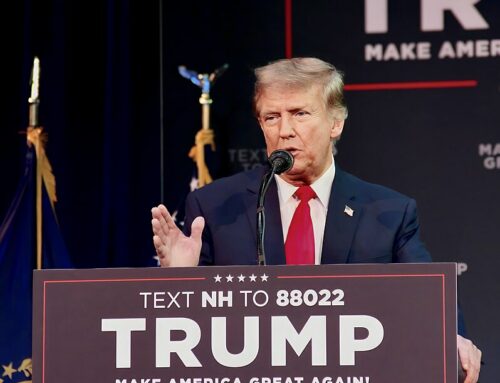by Greg Walcher, E&E Legal Senior Policy Fellow
As Appearing in the Economic Standard
“Governments should temporarily provide funding for new energy technologies so that they can become market competitive with traditional energy resources.” So the Global Energy Network Institute and other renewable energy advocates have been saying for decades. Taxpayers have been assured such subsidies would be “temporary,” just to “level the playing field” until the renewable industry is big enough to compete. When might that be?
The solar energy association says the U.S. industry has grown by more than 10,000 percent since solar tax credits began fifteen years ago, with an average annual growth of 52% over the last decade. Installations doubled in one year, with the industry now in all 50 states and a record 25 billion watts of new solar installations on order.
Congress and the industry agreed that this would be the result of “temporary” subsidies. Thus, the Solar Investment Tax Credit was created in 2005, to jump-start the emerging industry, with an agreement to wind it down in ten years when the industry was competitive. Predictably, in 2015 the industry said it needed just a little more time, so Congress agreed to a “temporary” extension. The agreement was for a 30 percent credit for residential and commercial solar systems installed before 2020. That amount would then ratchet down each year, phasing out by 2022. That was the deal, but sure enough, solar lobbyists are back before the first click of the ratchet, pressing Congress for another “temporary” renewal.






